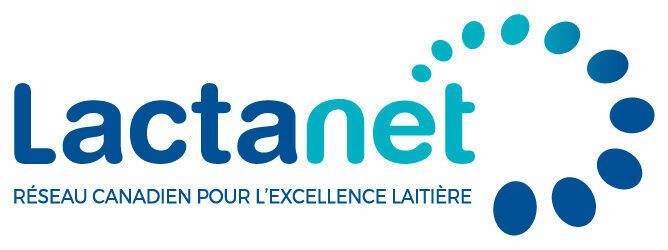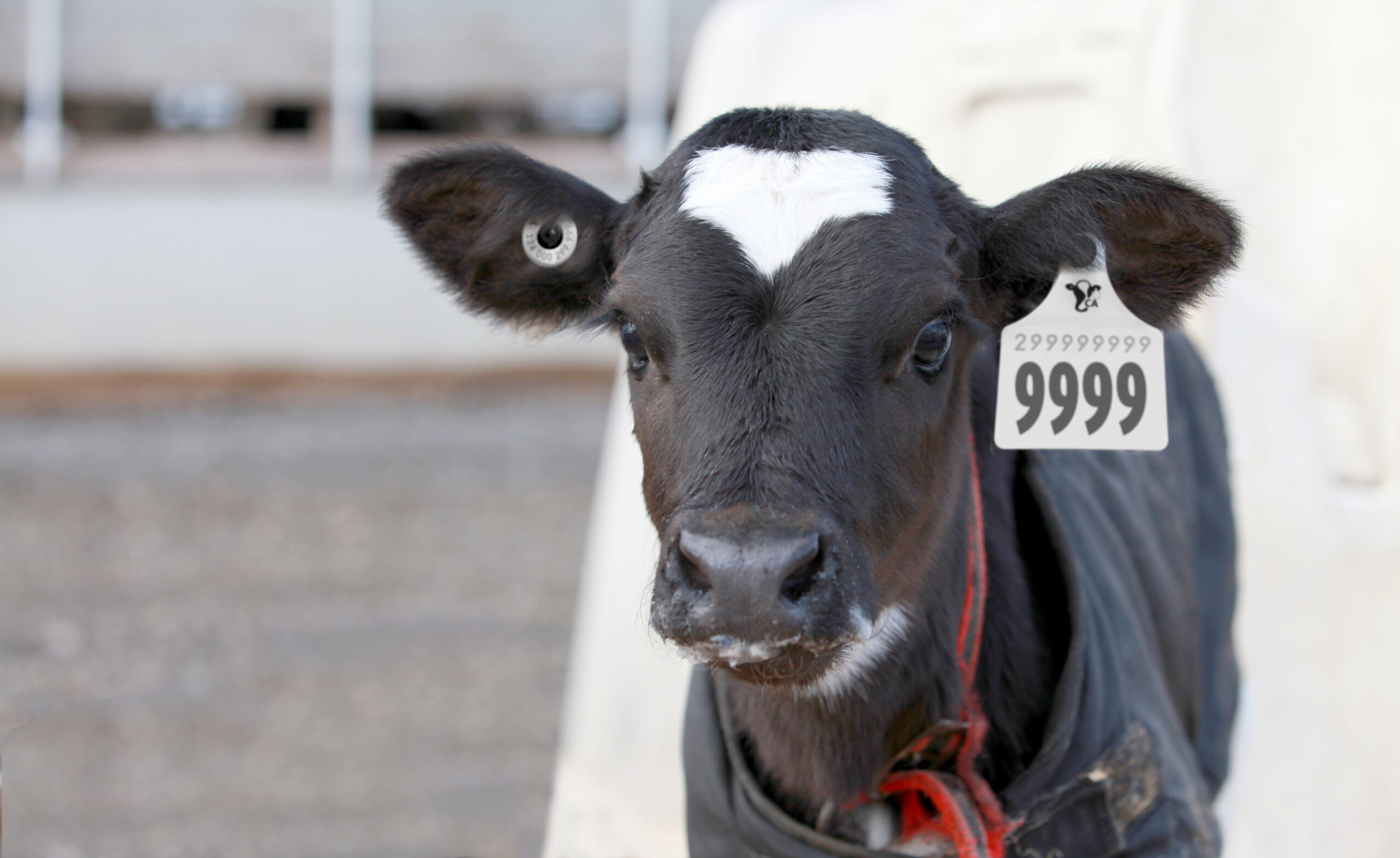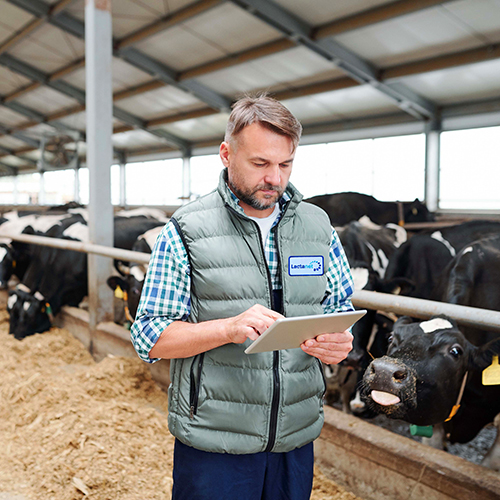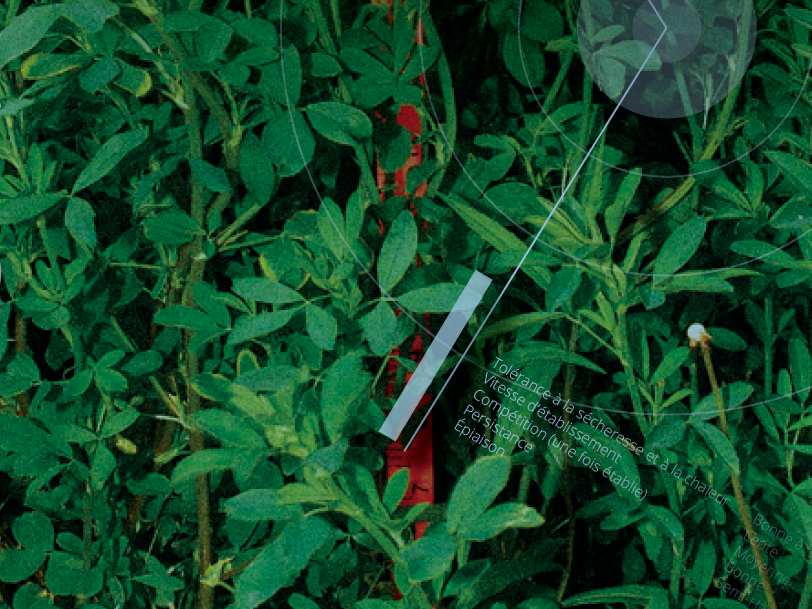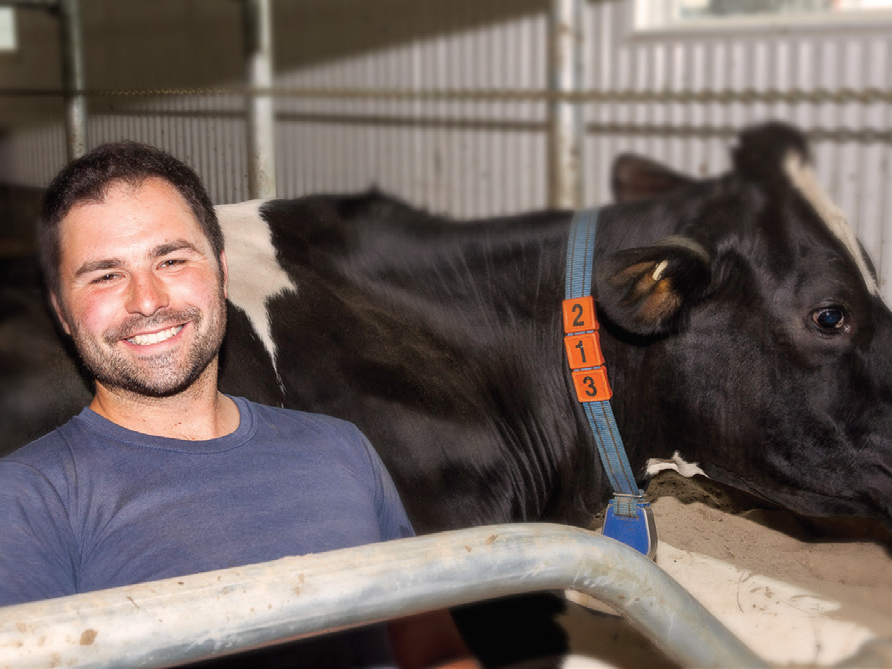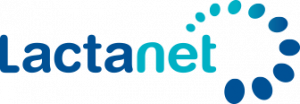Modernized Standards for Publishable Lactations
- November 16, 2022
Why Change?
The current lactation publication standards have been in place for over 20 years. While they have served Canadian producers and the industry very well, many changes have also taken place on dairy farms during that time. One of the most significant trends has been the adoption of robotic and other automated milking systems. Today, ≈20% of milk-recorded cows are in a herd with robotic milking. In addition, some herds also have on-farm sensors that provide an estimate of fat and protein percentages and/or somatic cell count. The adoption of these technologies by Canadian producers means that the industry has to modernize the longstanding lactation publication standards to the reality of today.
What is Changing?
The changes for publishable lactations that will be applied starting 2023 can be summarized as follows:
1. Inclusion of Sensor Data for Fat and Protein
In 2020, Lactanet introduced its novel eDHI service that allows for the collection of test day data via remote access to the on-farm robotic or automated milking system and downloading of production data for inclusion in lactation records and genetic evaluations.
With the new lactation publication standards effective in 2023, the lactation yields for fat and protein, and their associated BCA values, will be included as part of the publicly available lactation record. This additional data will be added to the lactation record displayed on the Lactanet website and shared with breed associations once it has surpassed 305 days in milk or has been terminated, whichever comes first. Appropriate labels will be added to lactations to indicate the source of any component data included.
For the calculation of genetic evaluations for production traits, the milk yield data collected on test day from herds enrolled on eDHI will continue to be included as is currently the case. Analysis of the impact of including fat and protein data from sensors in genetic evaluations has shown that more advanced methods are needed to properly include such data, if at all possible in the future.
2. Lactanet Staff “Supervision” is Optional
In general, Lactanet offers two categories of milk recording services, namely “Publishable” and “Management” (also known as owner-sampler). Currently, herds enrolled on the Publishable option, which represents 57% of all herds across Canada, are required to have Lactanet staff supervision for at least every second test day. Other standards are also required, which include a minimum number of test days on a rolling 12-month basis, a maximum interval between test days, the use of milk meters approved by ICAR (International Committee for Animal Recording), an annual check of milk meter accuracy, access to bulk tank results and the possibility of receiving a retest following any designated test day. Under the new publishable lactation standards starting in 2023, the requirement for Lactanet staff to be present on any test day is optional but the other listed requirements will remain.
That said, the current staff labour service will remain an option to herd owners for value added services, convenience and quality assurance. While the count of test days with Lactanet staff supervision will be tracked for each lactation, for display on the Lactanet website and sharing with breed associations, it will not be used as a criteria for lactations to be publicly available.
3. Minimum Level of Herdbook Registration Not Required
For decades now, herd owners have been required to maintain a level of at least 80% of their first lactation cows being registered in the breed association herdbook to allow for the official publication of any lactation record from the herd. Over the course of the past 20 years, the dairy industry has evolved and implemented national standards for animal identification and tagging as well as the reporting of traceability events.
The new publishable lactation standards effective 2023 will no longer necessitate this minimum herd requirement and will focus on the herdbook status of each individual cow. Only those cows registered in the national breed association herdbook will qualify to have their lactation records publishable and/or shared with breed associations.
4. Option to Share Qualifying Management Lactations with Breed Associations
Currently, 43% of Lactanet’s milk recording customers have opted to enroll on our “Management” level of service, which is also known largely, as our owner-sampler program. Lactation records for cows in these herds have been considered as non-publishable and have only been provided by Lactanet directly to the herd owner, for herd management decisions.
Starting in January 2023, herd owners enrolled on Lactanet’s Management service level will have the option to authorize that qualifying lactations from their herd be shared with the appropriate breed association. This permission-controlled option will be herd based but only affect qualifying lactations that are completed or reach 305 days in milk after Lactanet has received the required authorization from the herd owner. Any authorized sharing with breed associations will not include lactations that are still in progress prior to 305 days in milk and lactation records that are shared will also be displayed on the Lactanet website.
5. Additional Labelling of Lactation Records
With the new standards for lactation records to become more publicly available on industry websites, breed association pedigrees, etc., some new information will be part of the lactation record. In addition to the calving date, days in milk (DIM), production yields and percentages as well as BCA values and deviations, the lactation record has also included codes for indicating the number of times milked (i.e.: 2X, 3X, R) as well as the letter “P” to indicate projected records.
Starting in 2023, two new codes will be added to each lactation record. The first will be to identify those lactations from herds that are enrolled on a “Publishable” versus “Management” milk recording service level. The second new label will identify those lactations for which the fat and protein components come from L = Laboratory analysis, US = Uncertified Sensors, or CS = Certified Sensors. Since no sensors are currently certified by ICAR, all lactations including component data from sensors will start by being identified as US.
When lactation records will be displayed on the Lactanet website, some additional data will also be included for open transparency.
The four key counts to be included, based on test days up to 305 days in milk, will be:
- Total number of test days included in the lactation record,
- Number of the included test days that involved Lactanet staff presence/supervision,
- Total number of test days for which fat and protein component results are included in the lactation record, and
- Number of component results that were derived from each of laboratory analysis, uncertified sensors or certified sensors.
What Lactations Are Affected?
Implementation of the changes to publishable lactations is currently underway internally at Lactanet. Breed associations will also need to implement some changes to internal processing of lactation records to allow for the added labels and data fields. Industry partners have agreed that such changes will take effect in January 2023. More specifically, any lactation that has not yet reached 305 days in milk by December 31, 2022 will be processed using the new lactation publication standards.
For herds enrolled on the “Publishable” service option, the new standards will be applied at the time of the first test day in 2023. For herds enrolled on the “Management” option, the sharing of qualifying lactation records with the national breed association will only take place once the herd owner has contacted the Lactanet customer services and provided the required authorization.
Summary
Through discussions involving Lactanet and breed associations, the Canadian dairy industry is modernizing its longstanding standards related to the publication of lactation records effective 2023.
The key changes involve the inclusion of fat and protein data from in-line sensors as well as the relaxation of test day supervision and the 80% herdbook registration requirement to make them optional. These enhancements are expected to increase the number of lactations that meet “Publishable” standards for the betterment of the industry. In addition, herd owners opting for Lactanet’s “Management” level of
service will be able to authorize the sharing of qualifying lactation records with breed associations for inclusion on official pedigrees and display on Lactanet and industry websites.

